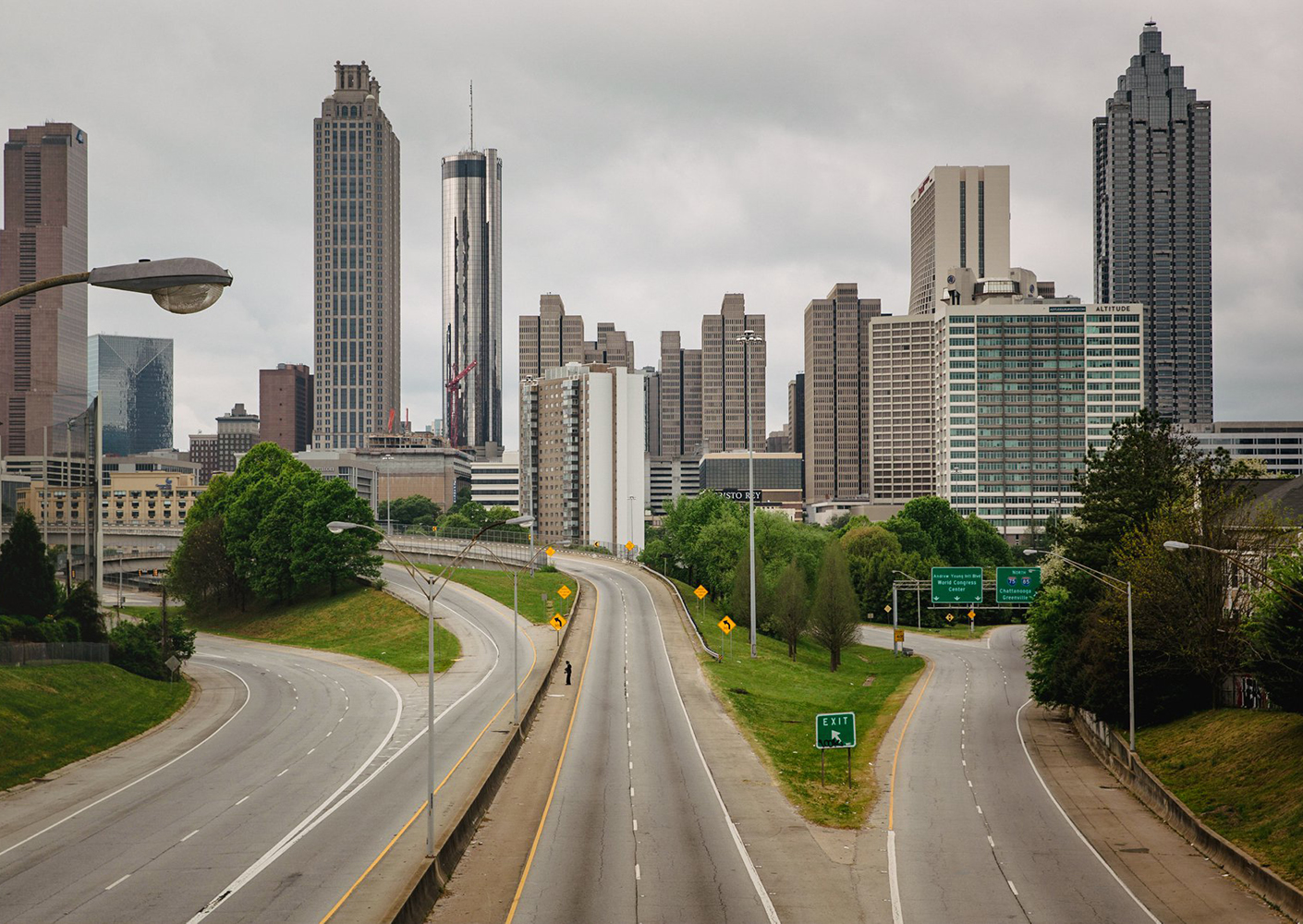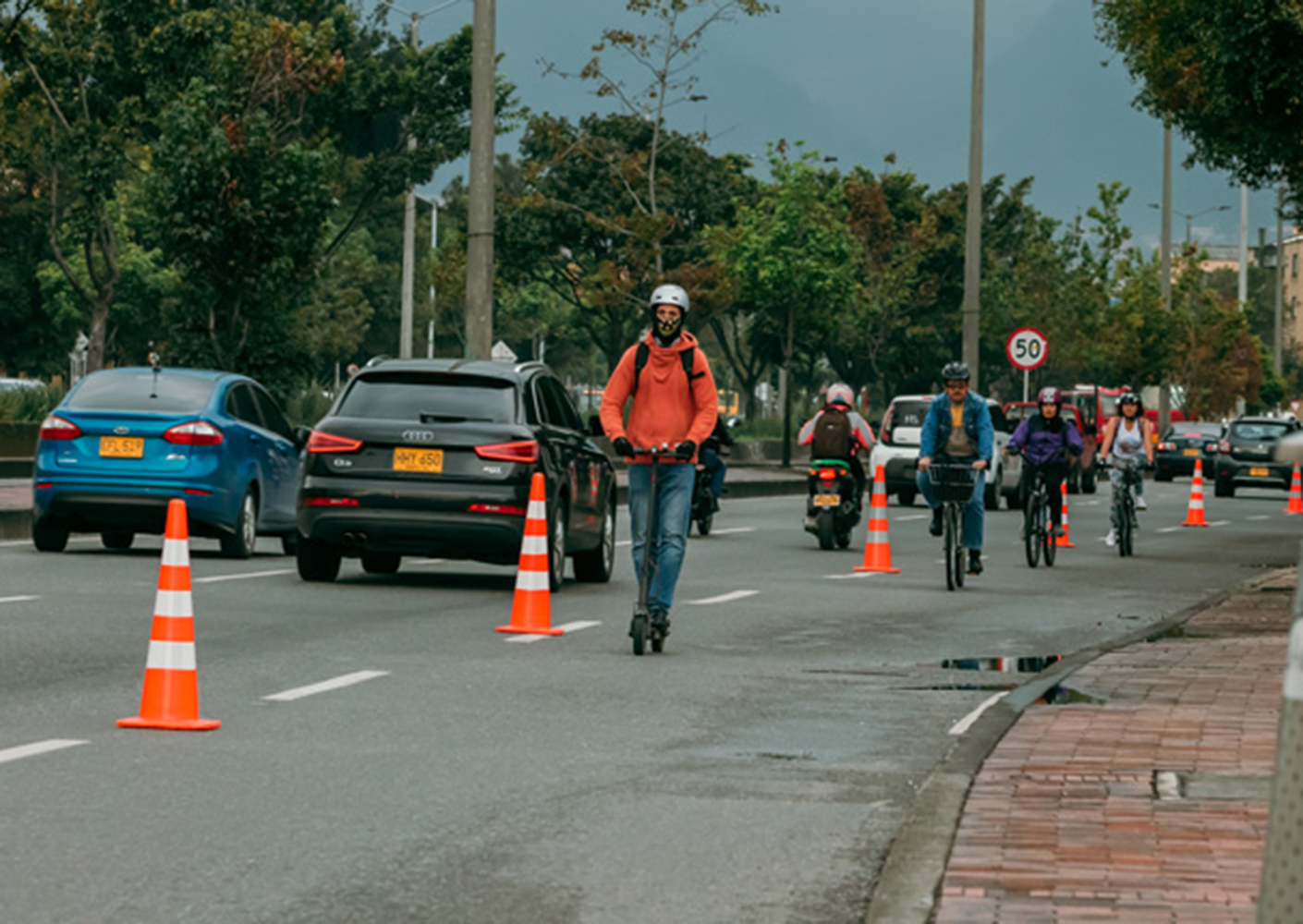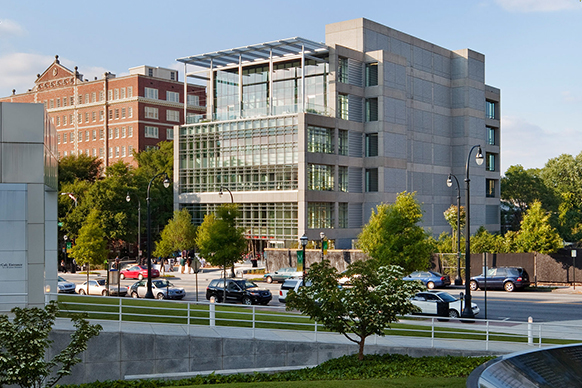This story is part of our insight series around the impact of the COVID-19 pandemic.
In resilience planning we talk about “shocks” and “stresses.” They are the acute and chronic tests of any social system—one as atomized as a city block or as complex as a nation or the planet. As an urban designer, I think at the scale of the city. (What that scale is, precisely, is a conversation for another time.) Partnering with the Rockefeller Foundation’s 100 Resilient Cities program, I led the development of resilience strategies in Louisville and Minneapolis. This work consisted of assisting those cities to prepare not only to withstand, but to thrive through the tests of their systems. Simply put, our cities, large and small, need to be resilient to the shocks and stresses of change.
Stating the obvious here, COVID-19 is a bona fide shock, and the scale is worldwide—hence the status “global pandemic.” Less obvious is how to respond to the shock of the shock, and I see two potential approaches from where we stand right now: reactive and reflective.
Reactive responses project a future in reaction to immediate conditions. Reflective responses, on the other hand, project a future as a reflection of conditions arranged and rearranged across the longer arc of time. It’s the reflective approach that my resilience work tells me to call for in times like the present.
Here’s why. It’s hard not to react when you’re taken off guard. As resilience planners, however, the danger in planning reactively is that it is shortsighted. Overwhelmed by the urgency and uncertainty, we can be tempted either to blame a system’s momentary deficiencies on its complexities (e.g., density or public transportation) or to defend against our helplessness by divining lessons from the contingent evidence available (e.g., “We should plant more trees because they mitigate pollution and pollution exacerbates the coronavirus threat”). We should definitely plant more trees, but we should also be strategic about what trees we plant, where we plant them, and why. Trees, of course, live a lot longer than we do. To crib an insight from celebrated designer of landscapes Piet Oudolf, planting is a promise. Reflective planning is making promises to ourselves that we can keep.
And designing those kind of promises means not balking at uncertainty. The reflective approach takes uncertainty in historical stride and embraces the unknown. It raises questions, and then it explores and tests answers that configure the relevant context according to a number of different logics.


